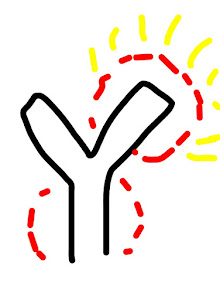Hydrocephalus
- dilatation of ventricle
Chronic hydrocephalus with normal pressure
- patient came with blindness but no headache
Acute hydrocephalus
5 things
1) Frontal horn of lateral ventricle became rounded
2) third ventricle became rounded
3) Temporal horn became big and visible
4) CSF sip out - went to the brain parenchyma
- periventricular hyperlucency
5) No sulci visible in top slice
- brain became tight
- sylvian fissure obliterated
Ventriculomegaly
- dilated ventricle without increased ICP
Hydrocephalus
- dilated ventricle with increased ICP
Normal pressure hydrocephalus
patient presented with incontinence, difficulty in micturition, dementia and difficulty in walking
Communicating hydrocephalus
- all ventricle dilated
Contrast CT Scan - not indicated in trauma
1) because it is neurotoxic - blood brain barrier already damage, CT scan with contrast will cause more harm to the brain
2) Blood already hyperdense, contrast also hyperdense
Tumour
Why tumour enhancing with contrast
- contrast indicate breach in enhancement of blood brain barrier
- it is not only because of the vascularity
describe whether the tumour is intraaxial or extraaxial
Intra-axial
arising from the brain
Extra-axial
from outside the brain , arise from the dura
example
glioma - intraaxial
meningioma -extraaxial
Ischaemic infarct
ischaemic, infarct, oedema, inflammed, more water, look like black
oedema
- finger like projection
- going along the white matter
- travel along neuron
- more prominent in white than grey matter
Territorial- area that is supplied by the blood vessel
MCA
PCA
ACA
Cystic lesion
Arachnoid cyst
- congenital
- temporal lobe not formed and space taken by CSF
Hydatid cyst
not an abscess
no ring enhancement
Abscess
- ring enhancement lesion because of the vascularity (capsule)
- inside ( central) is hypodense because of the abscess
Subdural empyema
- central : hypodense
- edges along the dura enhance because of vascularity
Encephalomalacia
- scarring of the brain parenchyma
- pulling effect
- no midline shift or mass effect






